Executive Yuan officials on Saturday urged the Legislative Yuan to prioritize the government’s budget proposals for a special relief package, the third-phase of the Forward-looking Infrastructure Development Program and the 2021 fiscal year in its upcoming session.
The Legislative Yuan holds two regular sessions per year — the first from February to May and the second from September to December.
Executive Yuan officials this month met with the Democratic Progressive Party (DPP) caucus, government sources said, citing legislators as saying that the special relief package funding would probably pass a third reading in October.
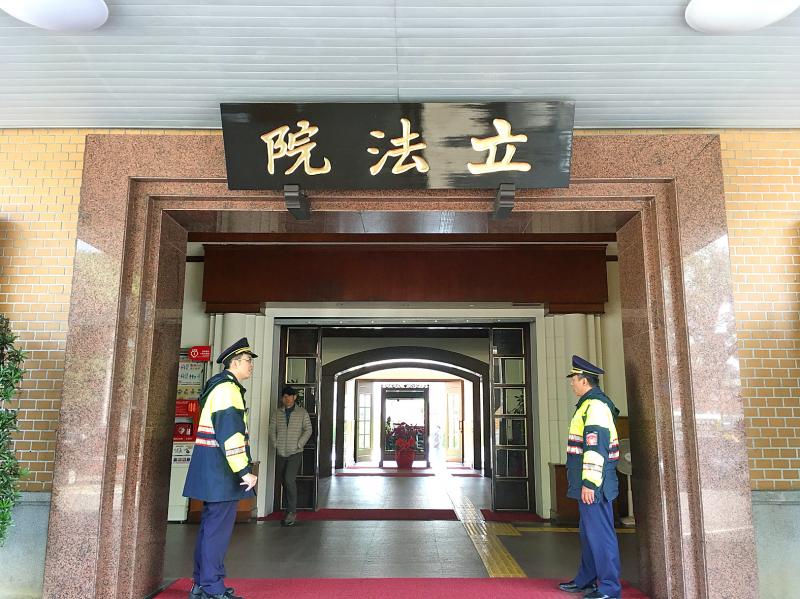
Photo: Lin Liang-sheng, Taipei Times
The special relief package amounts to NT$210 billion (US$7.12 billion) in subsidies for companies hurt by the COVID-19 pandemic as well as funding for COVID-19 vaccines, and was approved by the Executive Yuan on July 23.
The special funding not being approved during two extraordinary legislative sessions last month has affected the Ministry of Transportation and Communications, and the Ministry of Economic Affairs in delivering promised subsidies, the sources said.
The Executive Yuan on Aug. 13 approved the government budget for next year, with NT$2.16 trillion in expenditure and NT$2.45 trillion in revenue, as well as approving NT$230 billion for the Forward-looking program for next year and 2022, they said.
Meanwhile, the abolishment of the Control Yuan and Examination Yuan would likely be discussed in the upcoming session, while first cross-caucus discussion on required constitutional amendments are soon to be held, they said.
DPP caucus secretary-general Chung Chia-pin (鍾佳濱) on Saturday said that the passage of constitutional amendments depend on whether the parties would cooperate, adding that the Chinese Nationalist Party’s (KMT) attitude on this issue is crucial.
The Republic of China Constitution stipulates that a constitutional amendment requires three-fourths of legislative votes in a meeting with no less than three-fourths of legislators present — amounting to 85 required votes out of 113 legislators.
While the DPP holds 69 legislative seats, the KMT holds 35 — more than a quarter of all seats — and is capable of blocking a constitutional amendment proposal.
Additional reporting by Peng Wan-hsin
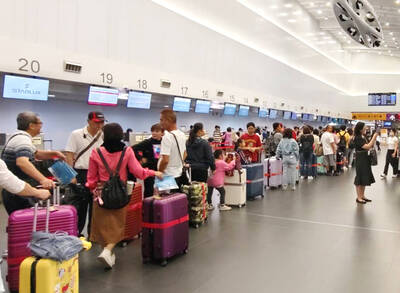
Three Taiwanese airlines have prohibited passengers from packing Bluetooth earbuds and their charger cases in checked luggage. EVA Air and Uni Air said that Bluetooth earbuds and charger cases are categorized as portable electronic devices, which should be switched off if they are placed in checked luggage based on international aviation safety regulations. They must not be in standby or sleep mode. However, as charging would continue when earbuds are placed in the charger cases, which would contravene international aviation regulations, their cases must be carried as hand luggage, they said. Tigerair Taiwan said that earbud charger cases are equipped
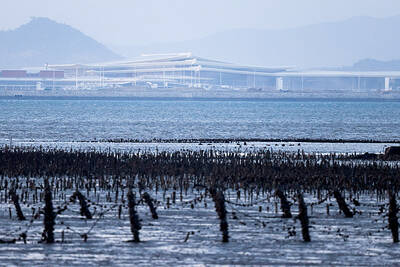
UNILATERAL MOVES: Officials have raised concerns that Beijing could try to exert economic control over Kinmen in a key development plan next year The Civil Aviation Administration (CAA) yesterday said that China has so far failed to provide any information about a new airport expected to open next year that is less than 10km from a Taiwanese airport, raising flight safety concerns. Xiamen Xiangan International Airport is only about 3km at its closest point from the islands in Kinmen County — the scene of on-off fighting during the Cold War — and construction work can be seen and heard clearly from the Taiwan side. In a written statement sent to Reuters, the CAA said that airports close to each other need detailed advanced
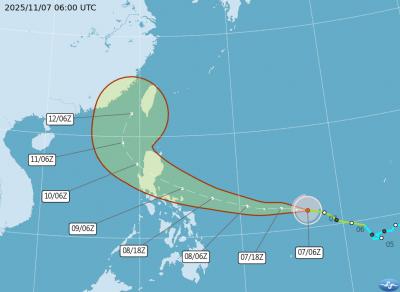
Tropical Storm Fung-Wong would likely strengthen into a typhoon later today as it continues moving westward across the Pacific before heading in Taiwan’s direction next week, the Central Weather Administration (CWA) said. As of 8am, Fung-Wong was about 2,190km east-southeast of Cape Oluanpi (鵝鑾鼻), Taiwan’s southernmost point, moving westward at 25kph and possibly accelerating to 31kph, CWA data showed. The tropical storm is currently over waters east of the Philippines and still far from Taiwan, CWA forecaster Tseng Chao-cheng (曾昭誠) said, adding that it could likely strengthen into a typhoon later in the day. It is forecast to reach the South China Sea
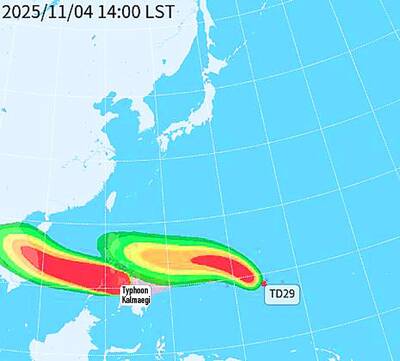
WEATHER Typhoon forming: CWA A tropical depression is expected to form into a typhoon as early as today, the Central Weather Administration (CWA) said yesterday, adding that the storm’s path remains uncertain. Before the weekend, it would move toward the Philippines, the agency said. Some time around Monday next week, it might reach a turning point, either veering north toward waters east of Taiwan or continuing westward across the Philippines, the CWA said. Meanwhile, the eye of Typhoon Kalmaegi was 1,310km south-southeast of Oluanpi (鵝鑾鼻), Taiwan’s southernmost point, as of 2am yesterday, it said. The storm is forecast to move through central